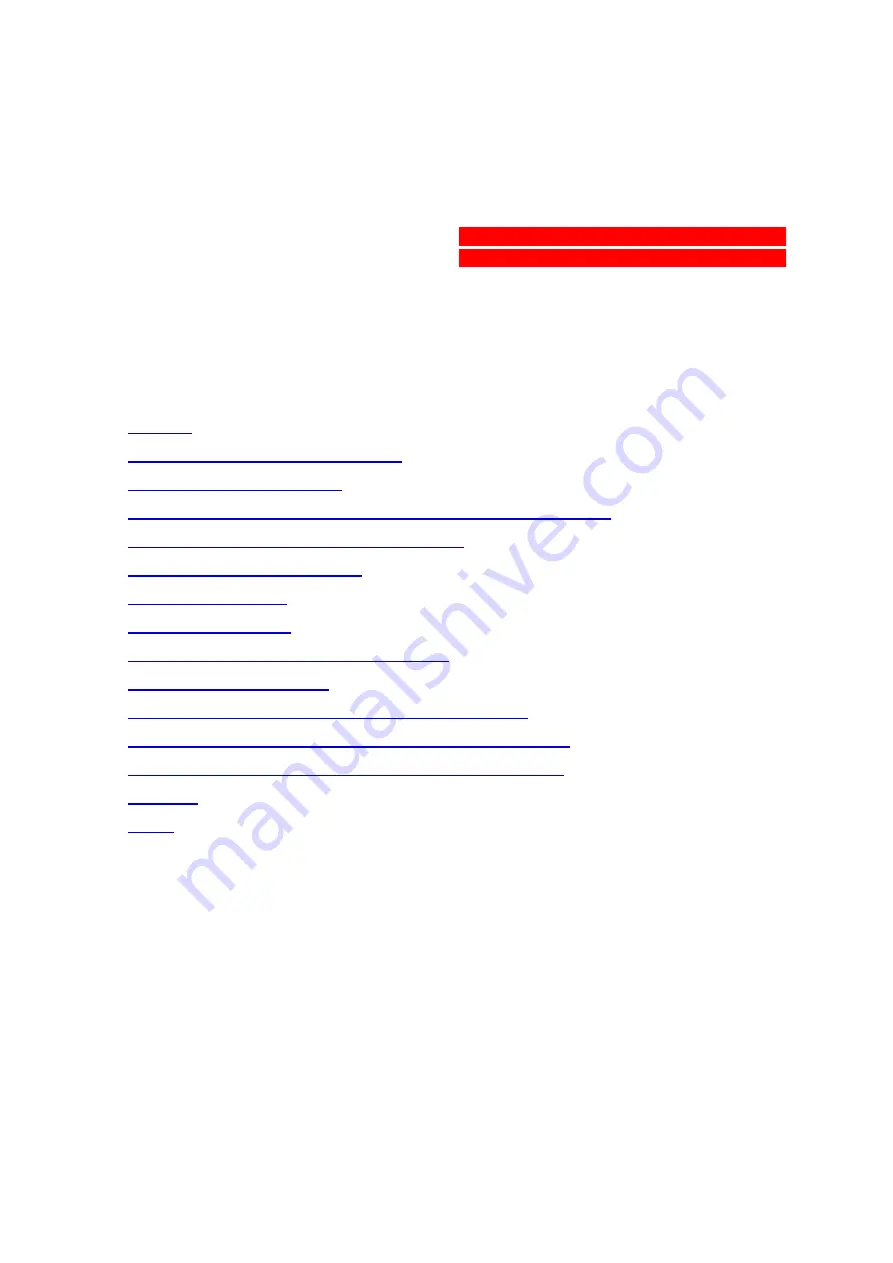
a
b
c
F o t o L o o k 3 . 6
S c a n n e r - M a c i n t o s h
F o t o L o o k 3 . 6 i s a u s e r - f r i e n d l y s c a n n i n g s o f t w a r e p r o g r a m f o r A g f a s c a n n e r s .
F o t o L o o k m a k e s i t e a s y t o c a p t u r e i m a g e s f r o m p h o t o g r a p h i c o r i g i n a l s ( c o l o r o r
b l a c k a n d w h i t e ) , l i n e - a r t , t r a n s p a r e n t , o r n e g a t i v e o r i g i n a l s a n d t o m a n i p u l a t e t h e
i m a g e s i n a w e l l - t h o u g h t o u t w a y .
C h a p t e r 1 — F o t o L o o k R e f e r e n c e
C h a p t e r 2 — P r o f i l e S e t u p
C h a p t e r 3 — S c a n n i n g R e f l e c t i v e a n d T r a n s p a r e n t O r i g i n a l s
C h a p t e r 4 — S c a n n i n g N e g a t i v e O r i g i n a l s
C h a p t e r 5 — B a t c h S c a n n i n g
C h a p t e r 8 — S e l e c t i v e C o l o r C o r r e c t i o n
A p p e n d i x A — S h o r t c u t s
A p p e n d i x B — O v e r v i e w o f t h e S c a n n i n g P r o c e s s
A p p e n d i x C — W h e r e t o F i n d Y o u r U s e r - D e f i n e d F i l e s ?
A p p e n d i x D — S u p p o r t e d F i l e F o r m a t s i n F o t o l o o k S A


































